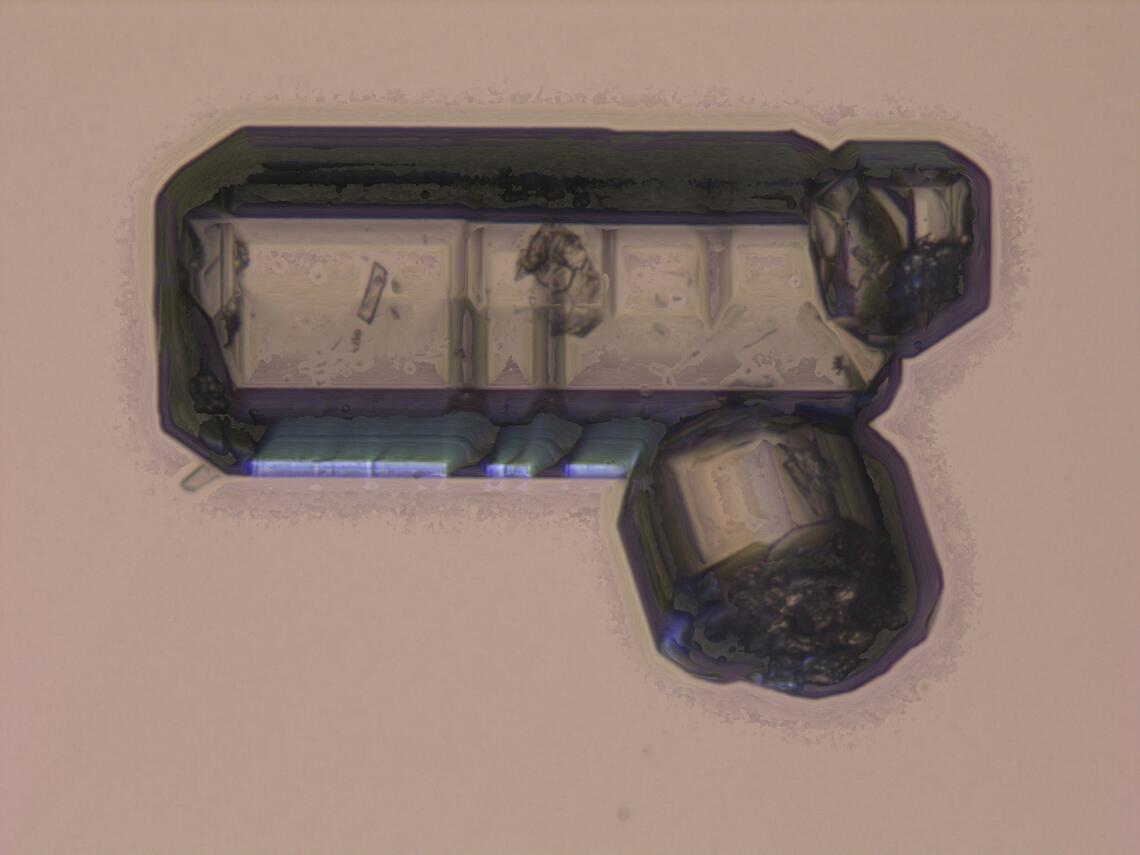
U-Th-Sm/He Dating
A useful technique for investigating upper-crustal processes
Basics of (U-Th-Sm/He) Dating
Helium dating is based on the buildup of alpha particles (a.k.a., helium nuclei) in a geological material through radioactive decay. Numerous elements and isotopes emit alpha particles as part of their decay chain (e.g., 238U, 235U, 232Th, 147Sm) and the technique has been applied to a wide range of minerals including apatite, zircon, titanite, hematite, and monazite. In minerals, helium nuclei are not bound to the crystal lattice and can diffuse out of the crystal at higher temperature. Experimental determinations of diffusion kinetics indicates that helium diffusion occurs at different temperatures in minerals. Generally speaking, we can define a closure temperature below which helium diffusion is negligible and emitted alpha particles are retained in the crystal lattice. As such, helium dating is a useful thermochronometer for determining when a mineral passed through its closure temperature. Helium dates are often integrated with other thermochronological data and geological constraints in modelling software to produce time-temperature paths for a rock.
Methods of (U-Th-Sm/He) Dating
Our laboratory uses two methods: the conventional whole-grain method and a new laser-ablation method. Conventional whole grain dating is a more mature technique and was used to produce some of the earliest dates for the age of earth materials shortly after the discovery of radioactivity around the beginning of the 20th century. By this method a carefully selected mineral grain is heated to very high temperatures in a furnace to liberate the accumulated helium. Helium is quantified by mass spectrometry against an external standard. The degassed grain is then digested in acid and parent isotope concentrations are determined by isotope dilution ICP-MS techniques. A detailed description of our methods can be found in the supplementary information of a 2020 Tectonics publication from our lab.
Laser ablation helium (LA-AHe) dating is a cutting edge technique that we have played a significant role in developing in our lab. Check out the paper we published outlining our methods in Chemical Geology in 2020. LA-AHe dating differs from whole grain dating in that only a small portion of the crystal is degassed by laser ablation. A second ablation, centered on the ablation pit used to quantify helium, is used to measure parent isotope concentrations by calibration against a glass reference material. This method reduces grain-selection bias introduced in whole grain dating by the necessity to do geometric corrections based on the shape of the grain (FT corrections) and allows for more measurements to be made on a sample more cost-effectively.

Apatite grain.
Eva Enkelmann
